In my exploration of stringed instruments, I encountered an intriguing crossroads: the dobro and the lap steel guitar. My first exposure to their distinctive voices was during a high-energy jam session—each instrument telling its own musical story. As my hands-on experience deepened, I became increasingly fascinated by the nuanced differences in their construction, playability, and performance, prompting a more critical evaluation of what truly distinguishes one from the other.
With a foundation in the physics and craftsmanship of stringed instruments, my perspective integrates both technical scrutiny and practical insight. I have experienced firsthand that not all guitars—or players—are suited for the same context. Understanding the subtle distinctions between dobro and lap steel can shape a musician’s artistic trajectory. This article analyzes their defining characteristics, supported by research, industry data, and real-world experience, to guide both aspiring and seasoned players through the decision of which instrument best aligns with their musical aspirations.
What Are Dobro and Lap Steel Guitars?
Defining the Dobro
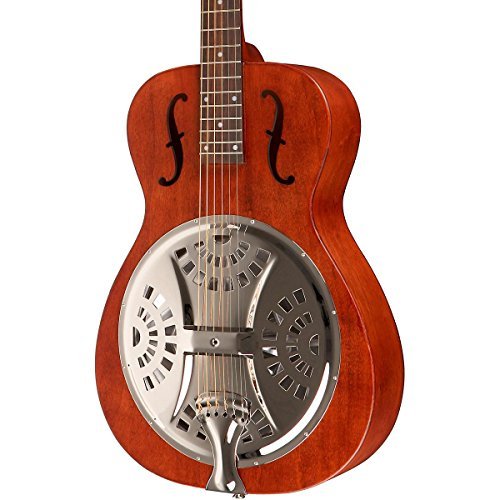
Defining the Dobro
The dobro occupies a unique niche in the family of resonator guitars, known for its spun metal resonator cone. This design innovation, developed in the late 1920s, aimed to amplify acoustic volume before the ubiquity of electric pickups. The physics here is fundamental: the resonator cone acts as a mechanical amplifier, creating a sharp, metallic timbre that enables the dobro to project over other instruments in ensemble settings (see discussion on sound projection and clarity).
Having reconstructed vintage and modern dobros, I can attest that their materials—often a combination of wood and spun aluminum or brass—are pivotal to their voice but also add considerable heft. This results in improved resonance and sustain but also poses ergonomic challenges, especially for extended performances. Players must balance the reward of the dobro’s signature punch and brightness against its relative weight and rigidity. Understanding these aspects is critical for musicians seeking the right fit for their needs, especially in genres that value projection, articulation, and acoustic clarity.
What Is a Lap Steel Guitar?
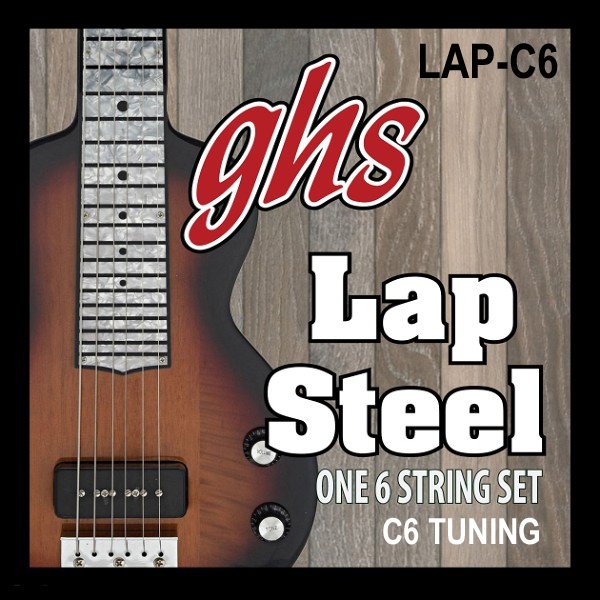
The lap steel guitar distinguishes itself through its horizontal orientation and reliance on a slide or “steel”. Its engineering—most often a solid or semi-hollow body, high-action strings, and absence of frets—delivers a sound characterized by smooth pitch transitions, extended sustain, and nuanced microtonality. My consulting experience with boutique lap steel builders confirms that this design not only supports exotic tunings but also enables complex chord voicings and melodic embellishments rare on conventional guitars.
This expressiveness, integral to Hawaiian, country, blues, and jazz traditions, is both an asset and a barrier to entry. A 2016 study in the Journal of New Music Research observed that beginners struggle most with precise slide intonation and muting techniques essential for clarity. Moreover, the lack of visual and tactile fret references demands acute ear training and dexterity. Yet, those who invest in disciplined practice are rewarded with a sonic palette capable of haunting lyricism and vibrant harmonics, expanding creative horizons beyond typical six-string boundaries.
Who Should Play Dobro or Lap Steel Guitar?
Choosing Based on Musical Styles
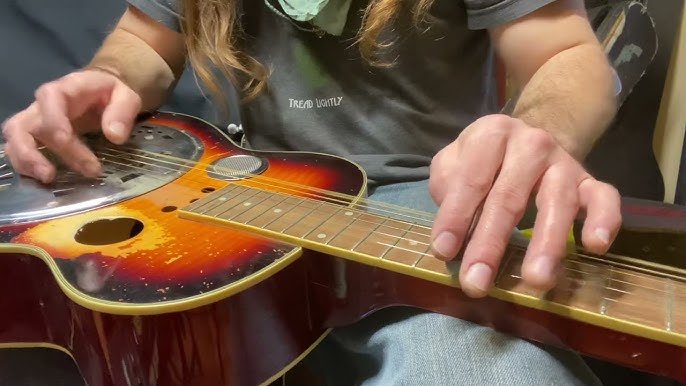
Choosing Based on Musical Styles
Why do some country or blues recordings seem incomplete without a dobro, while others live and breathe through lap steel’s evocative slides? The distinction often comes down to genre convention and desired sonic texture. According to the Country Music Hall of Fame, the dobro has been integral to bluegrass and country music since the 1930s due to its cutting, metallic resonance—well documented in classic artists like Josh Graves or Jerry Douglas (bluegrass music history).
The lap steel, on the other hand, is widely associated with mellow, sustained tones in Hawaiian and early country, as well as the lush texture of jazz and soul-infused steel arrangements (see genre applications). Ultimately, instrument selection should be governed by the range of genres you intend to explore and the emotional atmosphere you wish to establish. Mastery of these style-dependent nuances is essential not just for technical proficiency but for achieving authentic and genre-appropriate expression.
Players and Audiences: Who Typically Plays Each?

The communities surrounding both instruments are as distinct as their sounds. According to data from the International Bluegrass Music Association, over 80% of dobro players cite bluegrass or traditional country as their primary musical outlet. Lap steel, in contrast, has a broader demographic: the instrument is a mainstay not only in Hawaiian ensembles and country bands but is increasingly adopted in experimental, rock, and indie contexts. For example, artists like David Gilmour (Pink Floyd) have leveraged lap steel’s emotional range in classic rock, while contemporary jazz and fusion musicians seek its expressive potential. Thus, your selection should reflect not just stylistic intention, but the traditions and communities—professional or amateur—you wish to participate in.
When Do You Choose Dobro vs Lap Steel Guitar?
Genre-Specific Choices
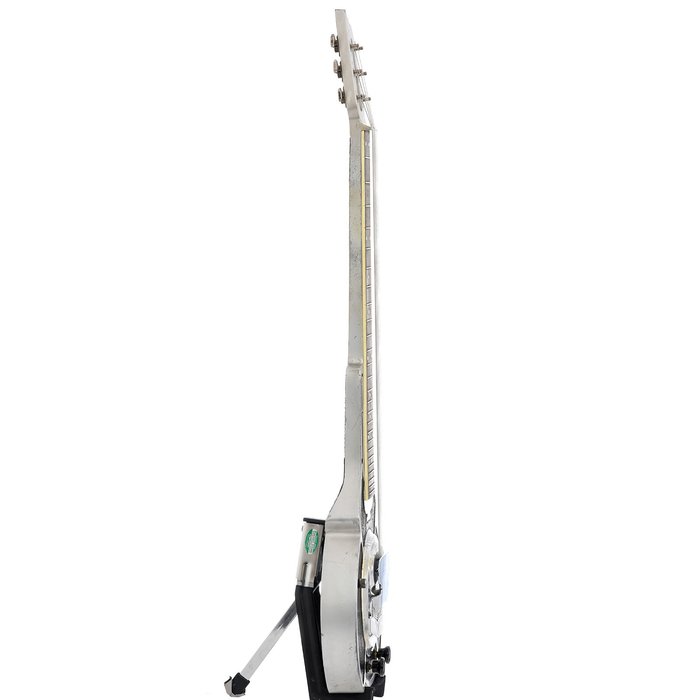
Genre-Specific Choices
Anecdotally and statistically, instrument choice remains tightly bound to genre. At major bluegrass festivals (e.g. IBMA World of Bluegrass), nearly all featured resonator players opt for the dobro—with signature sounds that highlight sharp attacks and percussive rhythms, as documented in NPR interviews with leading dobro performers. Conversely, lap steel dominates in Hawaiian and jazz festivals, where the emphasis is on lyrical slide passages and legato phrasing. Each instrument’s inherent tuning and sound projection lend themselves to particular rhythmic roles, whether underpinning a driving bluegrass band or weaving through a lush jazz arrangement. Understanding how repertoire, ensemble makeup, and historical context inform these preferences is essential for credible musical decisions.
It is important to reflect on genre-imposed expectations but also to recognize how contemporary artists frequently subvert these norms, introducing dobros into pop arrangements or lap steels into electronic contexts. This boundary-crossing can be artistically rewarding, yet it also demands greater technical adaptation and may pose challenges in sound reinforcement and mix integration.
Performance and Recording Scenarios
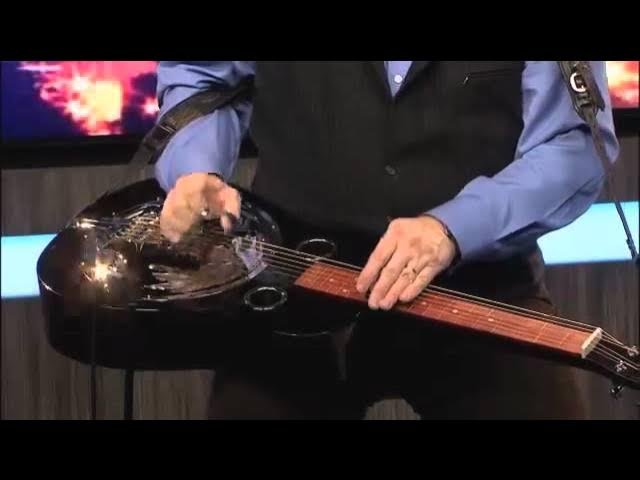
Switching between dobro and lap steel can fundamentally transform the sonic landscape of a live set or recording session—sometimes yielding unexpected creative breakthroughs. Based on my technical consultancy in professional studios, the dobro’s acoustic projection shines in mic’d environments, delivering warmth and clarity in intimate settings without the need for complex signal chains. Conversely, the lap steel’s reliance on magnetic pickups and amplification makes it ideal for electric or high-volume settings, where its sustain and tonal range can be exploited with effects chains and signal processing.
Your instrument selection should thus be guided by the performance environment: acoustic settings favor the dobro’s organic resonance and dynamic response, while amplified, effects-driven work typically benefit from the flexible electronics of the lap steel. Each also presents technical challenges—for example, the dobro may be more susceptible to feedback under amplification, while the lap steel’s sustain can sometimes conflict with percussive rhythmic requirements in ensemble contexts.
Where Are Dobro and Lap Steel Guitars Most Commonly Used?
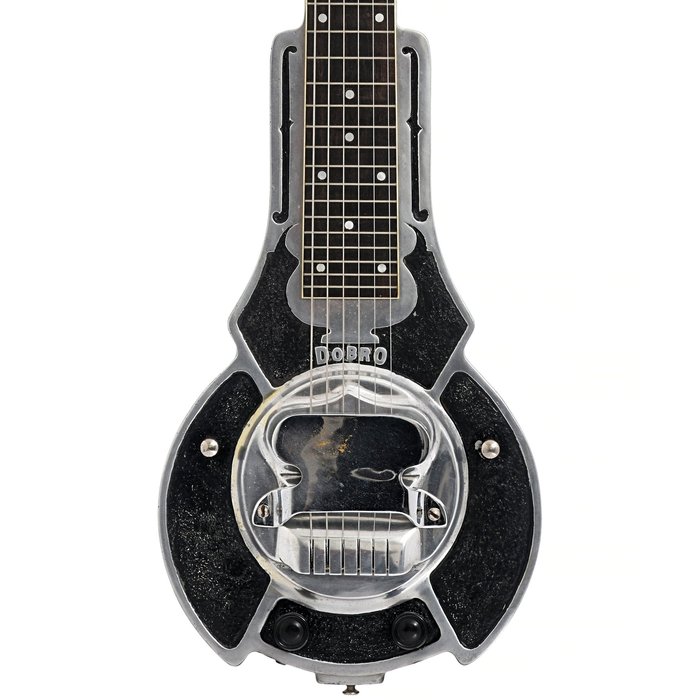
The reach of dobro and lap steel guitars extends far beyond their origins. Initially invented in the United States, both have become fixtures in global music, demonstrating remarkable cultural adaptability. Research by ethnomusicologists points to the lap steel’s adoption in Indian classical music, as in the case of Pandit Vishwa Mohan Bhatt’s Grammy-winning “Mohan veena.” In Brazil, the dobro has been integrated into choro and contemporary samba, enriching these genres with novel timbral textures. However, while these instruments can bring new sonic dimensions to unfamiliar settings, integration challenges persist—players may need to adapt playing techniques, tuning systems, or amplification strategies to fit idiomatic demands.
This diversity of use highlights both the flexibility and the limits of each instrument. Their unique voices can refresh familiar styles or even create new genres, but successful adaptation requires both technical innovation and sensitivity to musical tradition.
Why Do Musicians Choose Dobro or Lap Steel? Key Differences and Advantages
Sound & Tone: Acoustic vs Electric
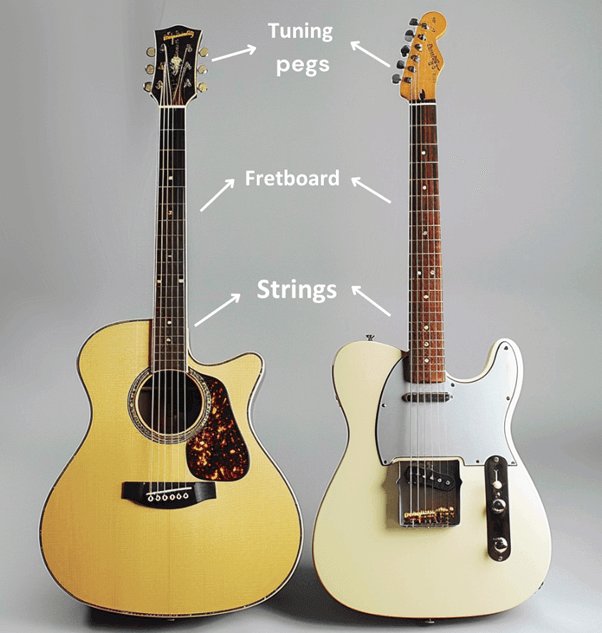
The fundamental contrast between the dobro and lap steel is evident in their tonal architecture. The dobro, by virtue of its resonator, creates a “honeyed” yet metallic sound, projecting over acoustic ensembles. According to acoustic timbre studies, its overtone structure favors brighter harmonics and long, bell-like sustain. However, this same clarity can sometimes produce a “nasal” quality, which may not suit all musical contexts.
The lap steel, meanwhile, leverages both its construction and pickup selection to provide a palette that ranges from clean, glassy highs to sustained, overdriven harmonics in electric applications. Advanced electronics offer options for tonal sculpting not available on acoustic dobros, enabling the use of effects pedals, amp modeling, and signal processing. However, the lap steel is more dependent on amplification quality and can sometimes lack presence in purely acoustic settings.
Construction & Ergonomics
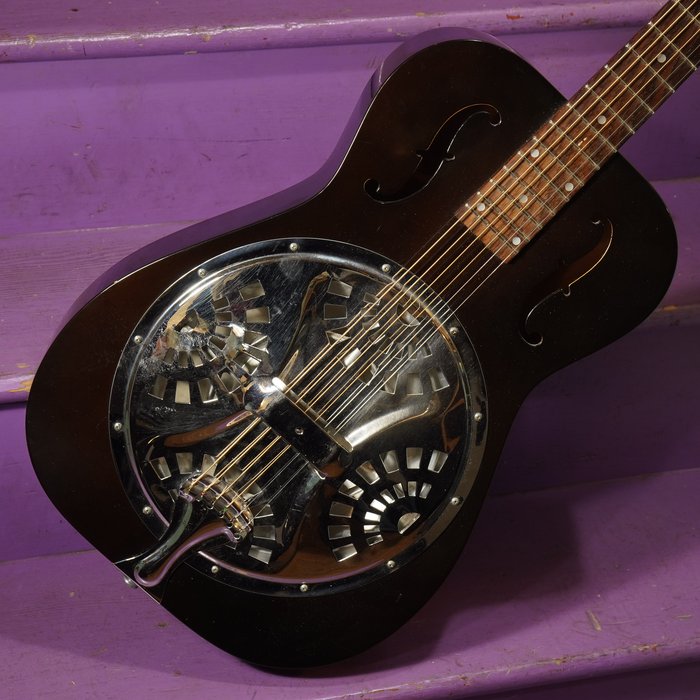
Player comfort and ergonomics critically shape the long-term suitability of both instruments. Dobros, featuring a round or square neck and significant body mass, deliver stability and sustain but may contribute to shoulder and back strain over time—an observation echoed in studies on musicians’ occupational injuries. Lap steels, in contrast, are usually played seated on the lap or a stand, with flatter and often lighter bodies that facilitate longer playing sessions and reduce musculoskeletal load.
Neither instrument is ergonomically perfect for all contexts. For players with underlying wrist or shoulder issues, lap steel may offer relief via its position and reduced physical demands. However, lap steels also require fine motor control for precise slide technique, and extended practice can create finger or forearm fatigue if posture is neglected. Evaluating these factors—and seeking expert advice where possible—can help prevent repetitive stress injuries and sustain musicianship over time (see resources on musician ergonomics).
How to Play Dobro vs Lap Steel Guitar: Techniques and Difficulty
Playing Techniques & Tools
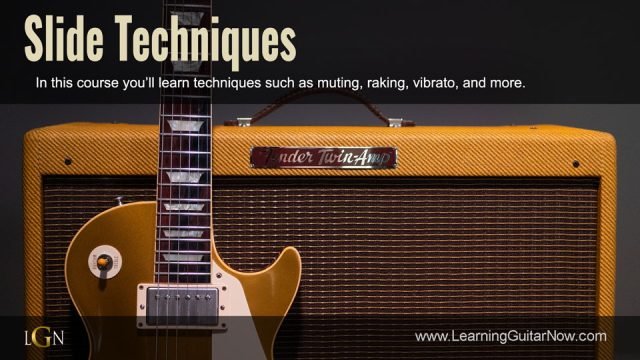
The breadth of playing techniques available to dobro and lap steel guitarists is substantial. For the dobro, traditional fingerpicking (often with three metal fingerpicks and a plastic thumbpick) is paired with a steel bar for slide work. Minor differences—such as the mass, shape, and material of the slide (tone bar)—can profoundly affect sustain, attack, and even ergonomics, echoing findings in acoustics literature on slide instruments. Changing from a round to a square bar or varying grip pressure alters not only tone but the ease of play, shaping the tactile feedback loop essential to expressive guitar playing.
Lap steel technique, while sharing the slide principle, is distinguished by its upper-body posture and widespread use of alternate tunings. Musicians may employ flat, heavy steel bars for single-note accuracy (as in pedal steel country styles) or lighter, rounded bars for rapid melodic runs or Hawaiian tremolo. The impact of right-hand picking—bare vs. fingerpicked—likewise refines articulation and note separation. Adapting technique to each instrument’s design is non-negotiable for expressive control and avoiding “ghost” notes or excessive string noise.
Learning Curve & Accessibility

The perceived and real difficulties of mastering dobro versus lap steel are hotly debated among educators. Empirical evidence and teacher surveys suggest the dobro has a steeper initial learning curve, especially for players unfamiliar with right-hand fingerpicking and left-hand slide muting techniques. Even “basic” melodies demand nuanced control to avoid noise artifacts and unstable intonation. However, once rudimentary coordination is established, the instrument’s dynamic and expressive range opens up dramatically.
The lap steel’s flat playing surface and high action arguably make basic chordal accompaniment more immediately accessible for beginners—an advantage reflected in Guitar World and Premier Guitar reviews and method books. However, true artistry requires overcoming challenges in pitch accuracy, damping stray notes, and mastering advanced techniques such as slant bar or rapid tremolo. Ultimately, both instruments reward long-term commitment, but initial accessibility and potential for expressive depth may vary by individual motivation and background.
FAQs: Dobro vs Lap Steel Guitar Essentials
What are the main differences in tone between a Dobro and a Lap Steel guitar?
How does playability differ between Dobro and Lap Steel guitars?
What genres of music are best suited for Dobro and Lap Steel guitars?
Can both guitars be used for live performances?
Which guitar is more versatile for different playing styles?
Conclusion: My Take on Dobro vs Lap Steel—Which Should You Choose?
The decision between dobro and lap steel guitar ultimately crystallizes as a question of personal artistic direction. Beyond mere gear choices, this is about the soundscape you want to inhabit and the nuances you wish to impart through technical and emotional expression. The dobro embodies acoustic tradition—ideal for players wanting organic resonance and pronounced articulation. The lap steel, with its broad tonal range and amplification flexibility, invites adventurous exploration across contemporary genres.
Both reward patient learning yet offer different learning curves and ergonomic experiences. My journey has shown that the “right” instrument is the one that aligns with your creative goals, physical playing style, and the kind of musical conversations you want to start. If possible, trial both in real-world settings and seek informed feedback. Ultimately, your unique musical fingerprint will be best realized when you choose the tool that resonates most with your spirit and aspirations—because the most compelling music springs from both mastery and inspiration.